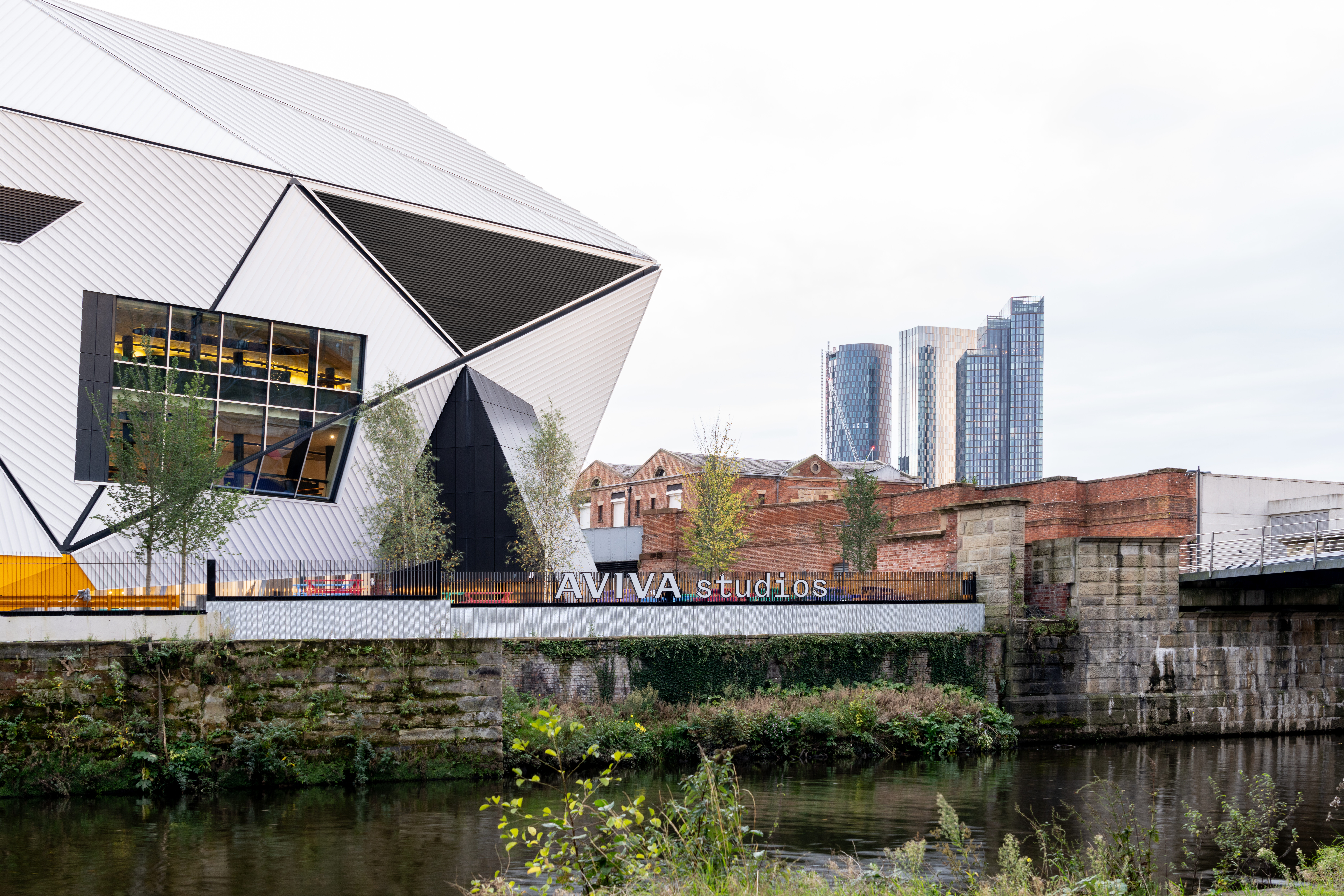BMW’s Dr Thomas Girst on philanthropy, brand building and the role of corporate art sponsors

BMW and Sky Media recently announced Sky Arts’ biggest-ever sponsorship deal highlighting the innovation, design, performance, and sustainability inherent in its technology. The truth is that BMW’s partnership with the arts goes far beyond big-budget sponsorship. In the second of our three-part series covering sponsorship of the arts, we caught up with BMW’s Head of Cultural Engagement, Dr Thomas Girst, to discuss how and why BMW partners with the arts.
On BMW’s art sponsorship philosophy
“I take issue with the word itself, as I've done before. To me, sponsorship is a word that has a somewhat negative connotation, in German maybe more than in other languages. In terms of this just being a monetary transfer from A to B, I would always like to argue that anybody can throw money at cultural institutions. I do not mean to be cynical here; I am aware that most of them are in constant need of extra budget to even survive. At BMW, we speak instead of partnerships, of co-creation and collaborations. Our initiatives all imply the long term. The monetary transaction is certainly part of it – but so is interaction and an exchange of ideas between the partners.
A big part of our philosophy is that freedom is as essential for a successful business as it is for creating incredible works of art. So, we don't interfere with the content, we don’t even take part in our own juries deciding on artists for numerous international collaborations, but instead offer artists our network and know-how. Artists we partner with can tap into our connections with hundreds of art institutions and artists we have worked with through the decades. This is what we bring to the table as well.”
On managing the line between brand building and corporate citizenship
“When we engage in cultural partnerships, we do so at the service of our colleagues worldwide. We help them to establish cooperations of meaning rather than engaging in senseless bling-bling. Especially the art market is swamped with the latter
Of course, you constantly must juggle between corporate citizenship and brand building. Ideally, we are developing platforms that are both considered ideal for corporate citizenship and giving both our potential and loyal customers a chance to experience our brand.
The way companies are perceived by stakeholders has changed in the last ten years. It is not only about the financial performance but increasingly about how the company behaves. What do you return to the society that you do successful business in? What is your attitude and your purpose? Customers, employees, and investors look seriously at that, which I'm happy about.”
On how BMW engages with the arts
“Art is now intertwined with our product. For example, we recently presented the all-electric i7.I really like it. What else would you expect me to say, right? Within that car, you can push a button that turns your display into a digital art mode, designed by the great Chinese contemporary artist Cao Fei who had previously created a BMW art car.
We also created the BMW Art journey, which was about giving artists the support to leave their studios, get on the road and engage with people. Each artist was competing to undertake their dream art trip, and they didn’t have to drive a beamer or have a licence. It was about giving artists the freedom and support to create something meaningful, instead of just throwing money at artists.
Finally, we have undertaken hundreds of initiatives with many art institutions worldwide to bring art and culture to new audiences. For example, BMW Opera Next creates YouTube videos that explain an opera within three minutes to bring in a broader audience for this 400-year-old art form.
BMW’s Opera For All events also bring tens of thousands of people together in major squares around the world to listen to extraordinary achievements that human beings are capable of, amazing scores written hundreds of years ago.
On the cuts to public art funding
“It was Warren Buffett who said, ‘It's only when the tide goes out that you learn who has been swimming naked’. It was amazing to see the same people championing a more diverse, less educated, less affluent art audience are now the ones to cut budgets and let these people go. It’s a struggle, not least because of the COVID crisis, but I thought try, at least, to not only talk the talk but walk the walk.
No company can pick up the tab if public funding for the arts is substantially cut. There is an understanding within our democratic societies that the arts must be supported and not just depend on the tyranny of the bottom line.
For example, Germany has 12 billion euros of federal art funding at the state, local and city level. That's 12 billion versus 500 million coming in from companies and foundations. So in terms of funding, corporate investment in the arts should only be the cherry on the cake. Art and culture is at our core, it is what sets us apart as human beings, it cannot be tied to one nation only – which is why governments and companies should do more to promote intercultural dialogue. Ugliness is spreading, let’s protect beauty, grace, and aesthetics!”
On protests to corporate sponsorship of the arts.
“When I was in my early twenties, I wrote manifestos against any corporate art sponsorship. So, of course, I've changed my mind in this regard. Always be mindful, however, that any loss of integrity comes with a justification for that very loss of integrity.
It's easy to proclaim that corporate money in the arts is an attempt to abuse culture for your own core messages, but there needs to be greater dialogue between the two sides. For example, one of our art cars was attacked in Milan a few weeks ago, and I think, why can we not instead discuss our efforts to turn our company into an even more sustainable one? But we should refrain from attacking the defenceless and priceless artworks that belong to everybody on the planet.”
Finally, your top tip for any other brands considering art sponsorship…
“I would say that it is vital to have a strategy in place that has to do with the core values of what defines you as a company, not simply throwing money around.”
In our other article on the series, EY's Michel Driessen discusses about engaging stakeholders through sponsorship of the arts.









